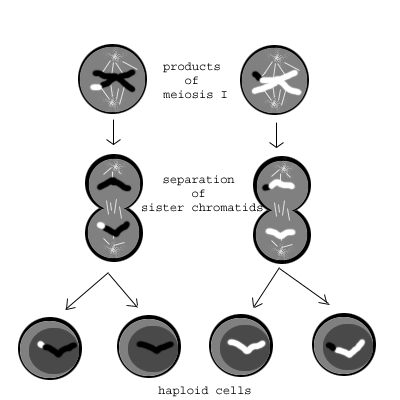Please wait while we process your payment
If you don't see it, please check your spam folder. Sometimes it can end up there.
If you don't see it, please check your spam folder. Sometimes it can end up there.
Please wait while we process your payment

By signing up you agree to our terms and privacy policy.
Don’t have an account? Subscribe now
Create Your Account
Sign up for your FREE 7-day trial
By signing up you agree to our terms and privacy policy.
Already have an account? Log in
Your Email
Choose Your Plan
Individual
Group Discount
Save over 50% with a SparkNotes PLUS Annual Plan!
 payment page
payment page
Purchasing SparkNotes PLUS for a group?
Get Annual Plans at a discount when you buy 2 or more!
Price
$24.99 $18.74 /subscription + tax
Subtotal $37.48 + tax
Save 25% on 2-49 accounts
Save 30% on 50-99 accounts
Want 100 or more? Contact us for a customized plan.
 payment page
payment page
Your Plan
Payment Details
Payment Summary
SparkNotes Plus
You'll be billed after your free trial ends.
7-Day Free Trial
Not Applicable
Renews July 7, 2025 June 30, 2025
Discounts (applied to next billing)
DUE NOW
US $0.00
SNPLUSROCKS20 | 20% Discount
This is not a valid promo code.
Discount Code (one code per order)
SparkNotes PLUS Annual Plan - Group Discount
Qty: 00
SparkNotes Plus subscription is $4.99/month or $24.99/year as selected above. The free trial period is the first 7 days of your subscription. TO CANCEL YOUR SUBSCRIPTION AND AVOID BEING CHARGED, YOU MUST CANCEL BEFORE THE END OF THE FREE TRIAL PERIOD. You may cancel your subscription on your Subscription and Billing page or contact Customer Support at custserv@bn.com. Your subscription will continue automatically once the free trial period is over. Free trial is available to new customers only.
Choose Your Plan
This site is protected by reCAPTCHA and the Google Privacy Policy and Terms of Service apply.
For the next 7 days, you'll have access to awesome PLUS stuff like AP English test prep, No Fear Shakespeare translations and audio, a note-taking tool, personalized dashboard, & much more!
You’ve successfully purchased a group discount. Your group members can use the joining link below to redeem their group membership. You'll also receive an email with the link.
Members will be prompted to log in or create an account to redeem their group membership.
Thanks for creating a SparkNotes account! Continue to start your free trial.
We're sorry, we could not create your account. SparkNotes PLUS is not available in your country. See what countries we’re in.
There was an error creating your account. Please check your payment details and try again.
Please wait while we process your payment

Your PLUS subscription has expired
Please wait while we process your payment
Please wait while we process your payment

Meiotic Division II
Picking up where we left off in the previous section, at the end of meiotic division I we have two independent cells. One cell contains the maternal homologous pair with a small segment of crossover from the paternal chromosome. The other cell contains the paternal homologous pair with a small segment of crossover from the maternal chromosome. Once the nuclear envelope has re-formed after the first meiotic division, the cell enters a short interphase. This interphase is not as specific as mitotic interphase; during meiotic interphase, chromosomes may decondense as the cell waits to proceed with meiosis.
Meiotic division II occurs through the similar phases as mitosis and meiotic division I. They are called prophase 2, prometaphase 2, metaphase 2, anaphase 2, and telophase 2 to distinguish them from the first round of meiotic division. One very important difference between the events of meiosis I and II is that no further genetic reassortment takes place during prophase 2. As a result, prophase 2 is much shorter than prophase 1. In fact, all of the phases of meiosis 2 proceed very quickly. One other point to remember is that the two cells that result after meiotic division I enter meiosis II very quickly. During the brief interphase period, no further DNA replication takes place!
During meiosis II, chromosomes align at the center of the cell in metaphase 2 exactly the way they do in mitotic metaphase. In anaphase 2, the sister chromatids are separated, again, in the same fashion as in mitotic anaphase. The only difference is that since there was no second round of DNA replication, only one set of chromosomes exist. Thus, when the cells split at the end of meioisis II, haploid cells result.

The result of meiotic division II is four haploid cells. One cell is composed completely of a maternal homologue, another of a maternal homologue with a small segment of paternal DNA, another complete paternal homologue, and a final paternal homologue with a small segment of maternal DNA. At this point, we have created germ cells. Other processes occur to mature these cells into gametes which, in higher organisms, then go on to work together in sexual reproduction to create new individuals.
Please wait while we process your payment

